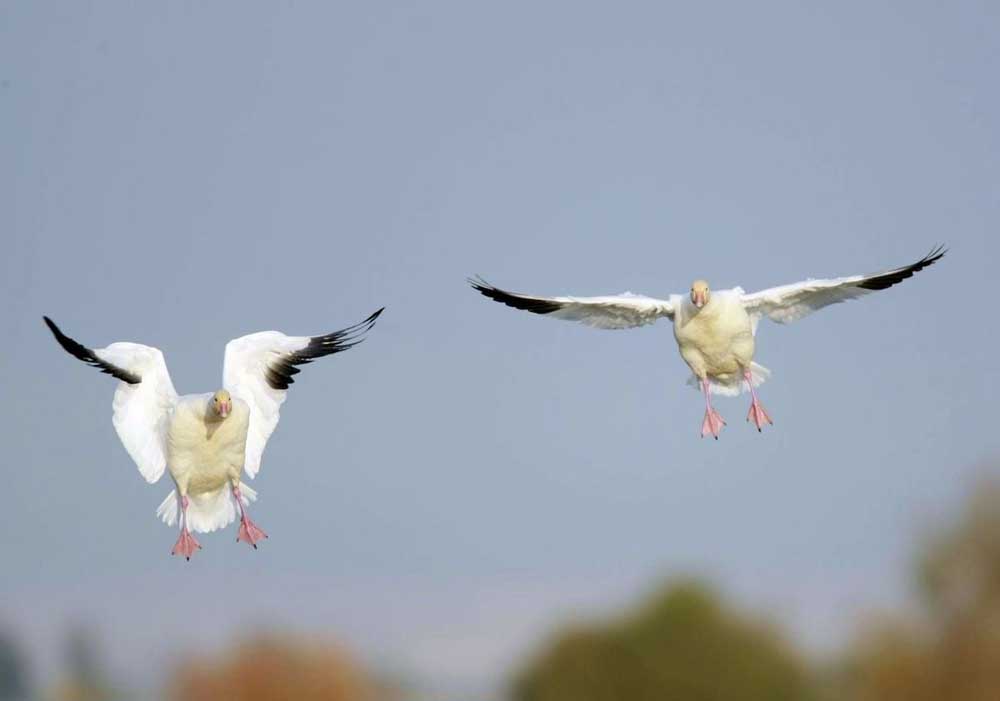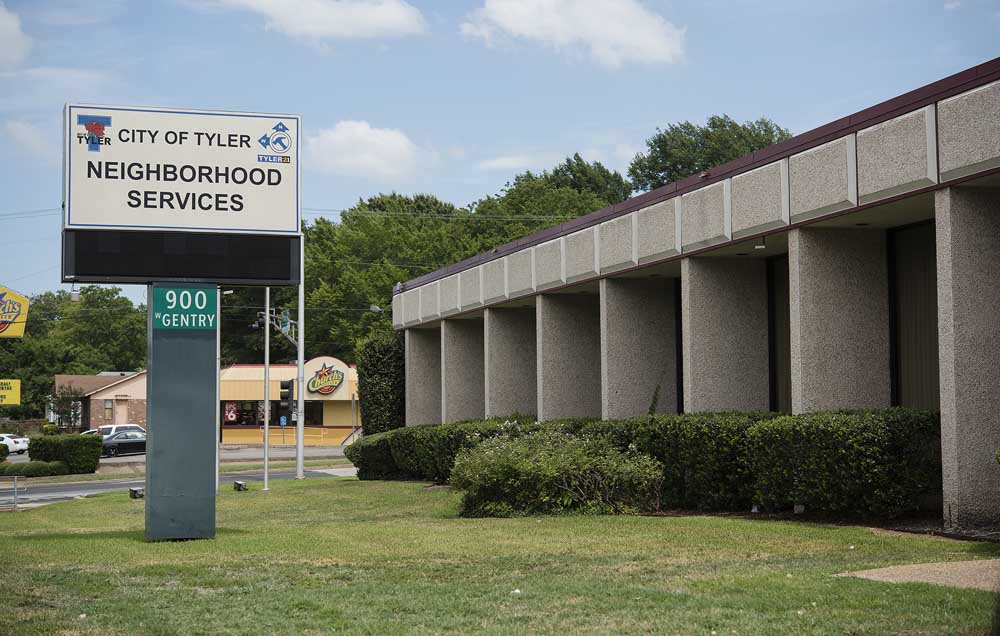The Big Picture: Late goose season discussion highlights bigger problems
Published 7:03 pm Friday, March 10, 2023

- The Texas Parks and Wildlife Department briefly considered ending the Light Goose Conservation Season for more traditional season dates, but has backed away with goose numbers down in the state.
It was a short discussion, a minor part in a Texas Parks and Wildlife Department Commission briefing, but surprising.
During all the discussion about the future of Fairfield Lake State Park in February, a Wildlife Division spokesman talked about the state potentially leaving the nationwide Light Geese Conservation season.
The season was started in 1999 when waterfowl biologists nationwide became worried about a rise in snow goose numbers. The increase was so great, biologists were concerned the birds would eat themselves out of their breeding grounds.
To combat the climb, the U.S. Fish and Wildlife Service proposed a special late season, which this year ends March 12, where hunters could use electronic calls, unplugged guns and shoot as many of the geese as they possibly and hopefully could.
Texas jumped on the special season immediately and hunters’ eyes grew wide at the thought of unbridled hunting.
There was just one problem, it did not work as intended.
Yes, there were some hunters who piled up the geese on occasion, but coming as the northern migration was getting underway it was literally hit and miss for most. Birds that might be roosting in a northeast Texas wheat field one morning were in Kansas or beyond the next.
Also over time biologists found the rising geese numbers were not the issue it was believed they would be in part because there was a lot more habitat than first thought.
So, TPWD looked at the viability of the late season versus maybe doing away with it in favor of using some days lost during the regular season. With another commission meeting setting season dates for 2023-24 in a couple of weeks, the ultimate decision was to hit the brakes.
“We had considered it with the advisory committee, but at the end stepped away. We need much further evaluation,” explained John Silovsky, Wildlife Division Director.
Silovsky said there is no doubt Texas is wintering less geese than it has historically, but not because of any impact from the late season. That has changed the department’s goal from eliminating excess geese to doing whatever is possible to attract them.
“We are looking to increase the number of geese coming to Texas. As an agency, our waterfowl team and advisory committee are looking at this and at what our best opportunities might be,” Silovsky said.
That would include more in-house discussion as well as talks with goose guides and hunters on the Texas coast. Included in the discussions are talks on the issues that have led to the decline of a once thriving winter population and hunting industry.
“There is never one simple answer on all of these waterfowl issues. There is not as much rice farming. Habitat is disappearing. It is habitat driven in Texas, and not as many geese are making it this far south. There is a lot more food on the landscape north of here,” Silovsky said.
Another issue is that with milder winters, many of the geese are not coming to Texas. When a cold front does push them southward, without the habitat they are not going to go where they traditionally have.
Silovsky said there are some guides and hunters who do participate in the late season, but few ever have the success it was thought they would. If nothing else, the hunters have learned the birds are flighty and are not as consistent day to day as they are during the regular season.
However, Silovsky said during the regular season with a liberal 10-bird limit, most casual hunters consider a 3- to 5-bird bag a successful day.
For now the special season will remain. There are a lot bigger problems facing Texas waterfowlers now than a less than successful late hunting season.






